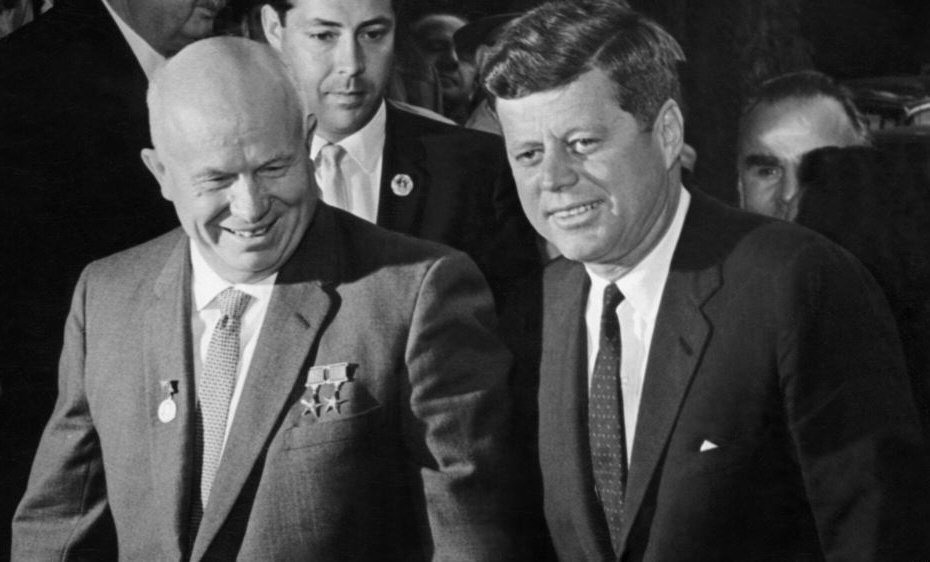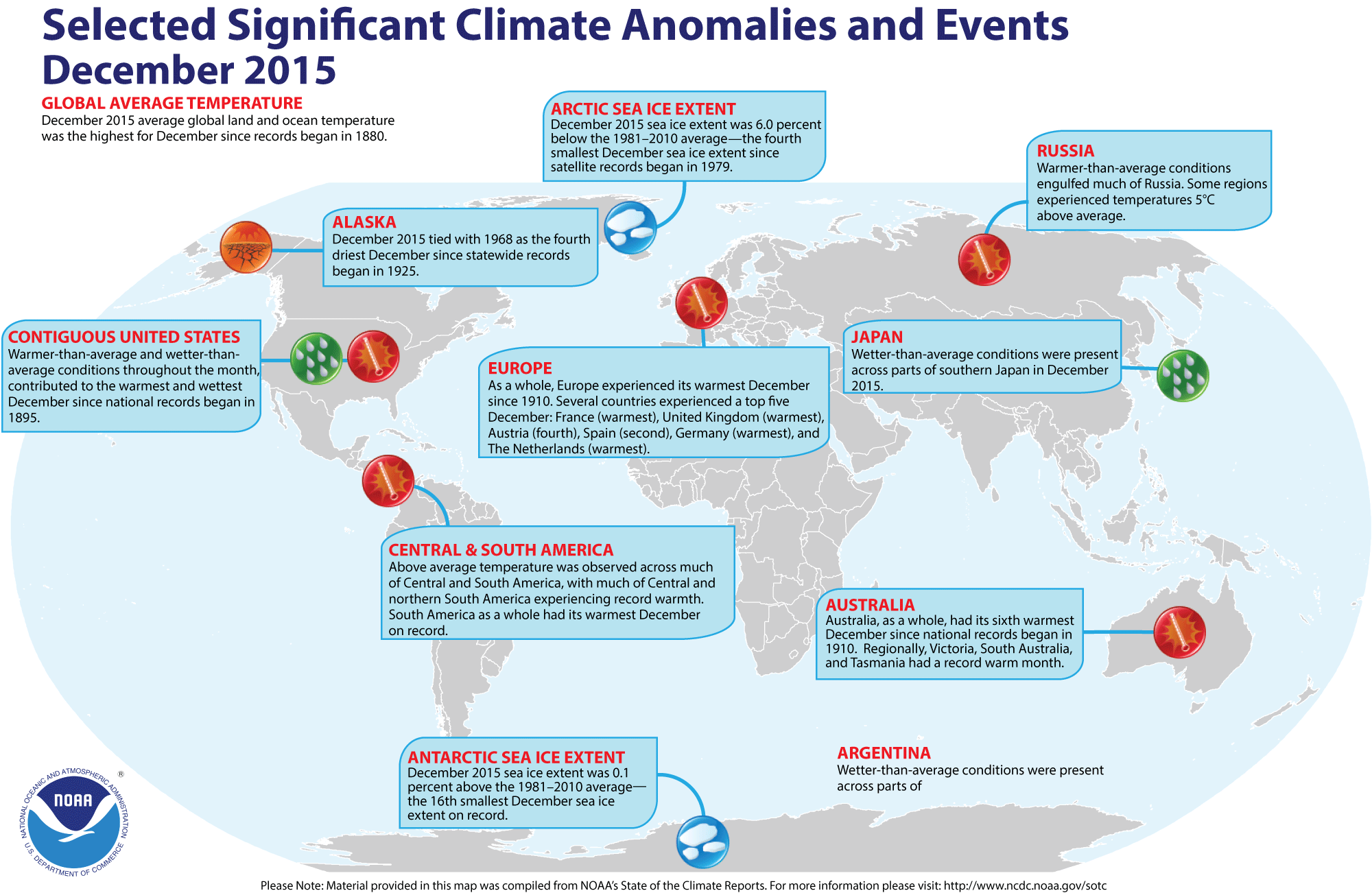January 16, 2016
Excerpt from Warren Buffett’s 2002 Letter to Shareholders explaining what derivatives are and why he considers them “financial weapons of mass destruction.”
”Derivatives, in fact, deserve an extensive look, both in respect to the accounting their users employ and to the problems they may pose for both individual companies and our economy.
Derivatives
Charlie and I are of one mind in how we feel about derivatives and the trading activities that go with them: We view them as time bombs, both for the parties that deal in them and the economic system.
Having delivered that thought, which I’ll get back to, let me retreat to explaining derivatives, though the explanation must be general because the word covers an extraordinarily wide range of financial contracts. Essentially, these instruments call for money to change hands at some future date, with the amount to be determined by one or more reference items, such as interest rates, stock prices or currency values. If, for example, you are either long or short an S&P 500 futures contract, you are a party to a very simple derivatives transaction – with your gain or loss derived from movements in the index. Derivatives contracts are of varying duration (running sometimes to 20 or more years) and their value is often tied to several variables.
Unless derivatives contracts are collateralized or guaranteed, their ultimate value also depends on the creditworthiness of the counterparties to them. In the meantime, though, before a contract is settled, the counterparties record profits and losses – often huge in amount – in their current earnings statements without so much as a penny changing hands.
The range of derivatives contracts is limited only by the imagination of man (or sometimes, so it seems, madmen). At Enron, for example, newsprint and broadband derivatives, due to be settled many years in the future, were put on the books. Or say you want to write a contract speculating on the number of twins to be born in Nebraska in 2020. No problem – at a price, you will easily find an obliging counterparty.
When we purchased Gen Re, it came with General Re Securities, a derivatives dealer that Charlie and I didn’t want, judging it to be dangerous. We failed in our attempts to sell the operation, however, and are now terminating it.
But closing down a derivatives business is easier said than done. It will be a great many years before we are totally out of this operation (though we reduce our exposure daily). In fact, the reinsurance and derivatives businesses are similar: Like Hell, both are easy to enter and almost impossible to exit. In either industry, once you write a contract – which may require a large payment decades later – you are usually stuck with it. True, there are methods by which the risk can be laid off with others. But most strategies of that kind leave you with residual liability.
Another commonality of reinsurance and derivatives is that both generate reported earnings that are often wildly overstated. That’s true because today’s earnings are in a significant way based on estimates whose inaccuracy may not be exposed for many years.
Errors will usually be honest, reflecting only the human tendency to take an optimistic view of one’s commitments. But the parties to derivatives also have enormous incentives to cheat in accounting for them. Those who trade derivatives are usually paid (in whole or part) on “earnings” calculated by mark-to-market accounting. But often there is no real market (think about our contract involving twins) and “mark-to-model” is utilized. This substitution can bring on large-scale mischief. As a general rule, contracts involving multiple reference items and distant settlement dates increase the opportunities for counterparties to use fanciful assumptions. In the twins scenario, for example, the two parties to the contract might well use differing models allowing both to show substantial profits for many years. In extreme cases, mark-to-model degenerates into what I would call mark-to-myth.
Of course, both internal and outside auditors review the numbers, but that’s no easy job. For example, General Re Securities at yearend (after ten months of winding down its operation) had 14,384 contracts outstanding, involving 672 counterparties around the world. Each contract had a plus or minus value derived from one or more reference items, including some of mind-boggling complexity. Valuing a portfolio like that, expert auditors could easily and honestly have widely varying opinions.
The valuation problem is far from academic: In recent years, some huge-scale frauds and near-frauds have been facilitated by derivatives trades. In the energy and electric utility sectors, for example, companies used derivatives and trading activities to report great “earnings” – until the roof fell in when they actually tried to convert the derivatives-related receivables on their balance sheets into cash. “Mark-to-market” then turned out to be truly “mark-to-myth.”
I can assure you that the marking errors in the derivatives business have not been symmetrical. Almost invariably, they have favored either the trader who was eyeing a multi-million dollar bonus or the CEO who wanted to report impressive “earnings” (or both). The bonuses were paid, and the CEO profited from his options. Only much later did shareholders learn that the reported earnings were a sham.
Another problem about derivatives is that they can exacerbate trouble that a corporation has run into for completely unrelated reasons. This pile-on effect occurs because many derivatives contracts require that a company suffering a credit downgrade immediately supply collateral to counterparties. Imagine, then, that a company is downgraded because of general adversity and that its derivatives instantly kick in with their requirement, imposing an unexpected and enormous demand for cash collateral on the company. The need to meet this demand can then throw the company into a liquidity crisis that may, in some cases, trigger still more downgrades. It all becomes a spiral that can lead to a corporate meltdown.
Derivatives also create a daisy-chain risk that is akin to the risk run by insurers or reinsurers that lay off much of their business with others. In both cases, huge receivables from many counterparties tend to build up over time. (At Gen Re Securities, we still have $6.5 billion of receivables, though we’ve been in a liquidation mode for nearly a year.) A participant may see himself as prudent, believing his large credit exposures to be diversified and therefore not dangerous. Under certain circumstances, though, an exogenous event that causes the receivable from Company A to go bad will also affect those from Companies B through Z. History teaches us that a crisis often causes problems to correlate in a manner undreamed of in more tranquil times.
In banking, the recognition of a “linkage” problem was one of the reasons for the formation of the Federal Reserve System. Before the Fed was established, the failure of weak banks would sometimes put sudden and unanticipated liquidity demands on previously-strong banks, causing them to fail in turn. The Fed now insulates the strong from the troubles of the weak. But there is no central bank assigned to the job of preventing the dominoes toppling in insurance or derivatives. In these industries, firms that are fundamentally solid can become troubled simply because of the travails of other firms further down the chain. When a “chain reaction” threat exists within an industry, it pays to minimize links of any kind. That’s how we conduct our reinsurance business, and it’s one reason we are exiting derivatives.
Many people argue that derivatives reduce systemic problems, in that participants who can’t bear certain risks are able to transfer them to stronger hands. These people believe that derivatives act to stabilize the economy, facilitate trade, and eliminate bumps for individual participants. And, on a micro level, what they say is often true. Indeed, at Berkshire, I sometimes engage in large-scale derivatives transactions in order to facilitate certain investment strategies.
Charlie and I believe, however, that the macro picture is dangerous and getting more so. Large amounts of risk, particularly credit risk, have become concentrated in the hands of relatively few derivatives dealers, who in addition trade extensively with one other. The troubles of one could quickly infect the others. On top of that, these dealers are owed huge amounts by non-dealer counterparties. Some of these counterparties, as I’ve mentioned, are linked in ways that could cause them to contemporaneously run into a problem because of a single event (such as the implosion of the telecom industry or the precipitous decline in the value of merchant power projects). Linkage, when it suddenly surfaces, can trigger serious systemic problems.
Indeed, in 1998, the leveraged and derivatives-heavy activities of a single hedge fund, Long-Term Capital Management, caused the Federal Reserve anxieties so severe that it hastily orchestrated a rescue effort. In later Congressional testimony, Fed officials acknowledged that, had they not intervened, the outstanding trades of LTCM – a firm unknown to the general public and employing only a few hundred people – could well have posed a serious threat to the stability of American markets. In other words, the Fed acted because its leaders were fearful of what might have happened to other financial institutions had the LTCM domino toppled. And this affair, though it paralyzed many parts of the fixed-income market for weeks, was far from a worst-case scenario.
One of the derivatives instruments that LTCM used was total-return swaps, contracts that facilitate 100% leverage in various markets, including stocks. For example, Party A to a contract, usually a bank, puts up all of the money for the purchase of a stock while Party B, without putting up any capital, agrees that at a future date it will receive any gain or pay any loss that the bank realizes.
Total-return swaps of this type make a joke of margin requirements. Beyond that, other types of derivatives severely curtail the ability of regulators to curb leverage and generally get their arms around the risk profiles of banks, insurers and other financial institutions. Similarly, even experienced investors and analysts encounter major problems in analyzing the financial condition of firms that are heavily involved with derivatives contracts. When Charlie and I finish reading the long footnotes detailing the derivatives activities of major banks, the only thing we understand is that we don’t understand how much risk the institution is running.
The derivatives genie is now well out of the bottle, and these instruments will almost certainly multiply in variety and number until some event makes their toxicity clear. Knowledge of how dangerous they are has already permeated the electricity and gas businesses, in which the eruption of major troubles caused the use of derivatives to diminish dramatically. Elsewhere, however, the derivatives business continues to expand unchecked. Central banks and governments have so far found no effective way to control, or even monitor, the risks posed by these contracts.
Charlie and I believe Berkshire should be a fortress of financial strength – for the sake of our owners, creditors, policyholders and employees. We try to be alert to any sort of megacatastrophe risk, and that posture may make us unduly apprehensive about the burgeoning quantities of long-term derivatives contracts and the massive amount of uncollateralized receivables that are growing alongside. In our view, however, derivatives are financial weapons of mass destruction, carrying dangers that, while now latent, are potentially lethal.”
 …“Today, every inhabitant of this planet must contemplate the day when this planet may no longer be habitable. Every man, woman and child lives under a nuclear sword of Damocles, hanging by the slenderest of threads, capable of being cut at any moment by accident or miscalculation or by madness. The weapons of war must be abolished before they abolish us.
…“Today, every inhabitant of this planet must contemplate the day when this planet may no longer be habitable. Every man, woman and child lives under a nuclear sword of Damocles, hanging by the slenderest of threads, capable of being cut at any moment by accident or miscalculation or by madness. The weapons of war must be abolished before they abolish us.

 This image provided by Lawrence Livermore National Laboratory shows Pacific and Atlantic meridional sections showing upper-ocean warming for the past six decades (1955-2011). Red colors indicate a warming (positive) anomaly and blue colors indicate a cooling (negative) anomaly.
This image provided by Lawrence Livermore National Laboratory shows Pacific and Atlantic meridional sections showing upper-ocean warming for the past six decades (1955-2011). Red colors indicate a warming (positive) anomaly and blue colors indicate a cooling (negative) anomaly.